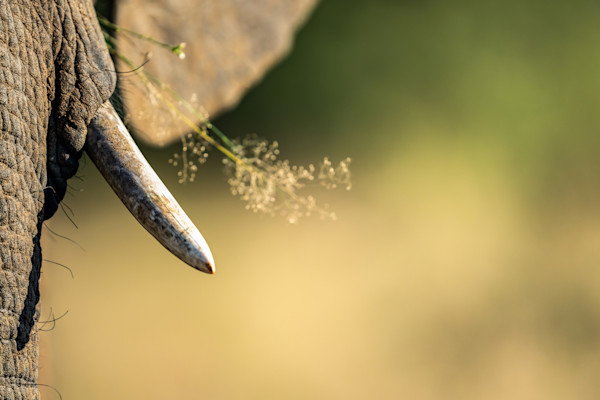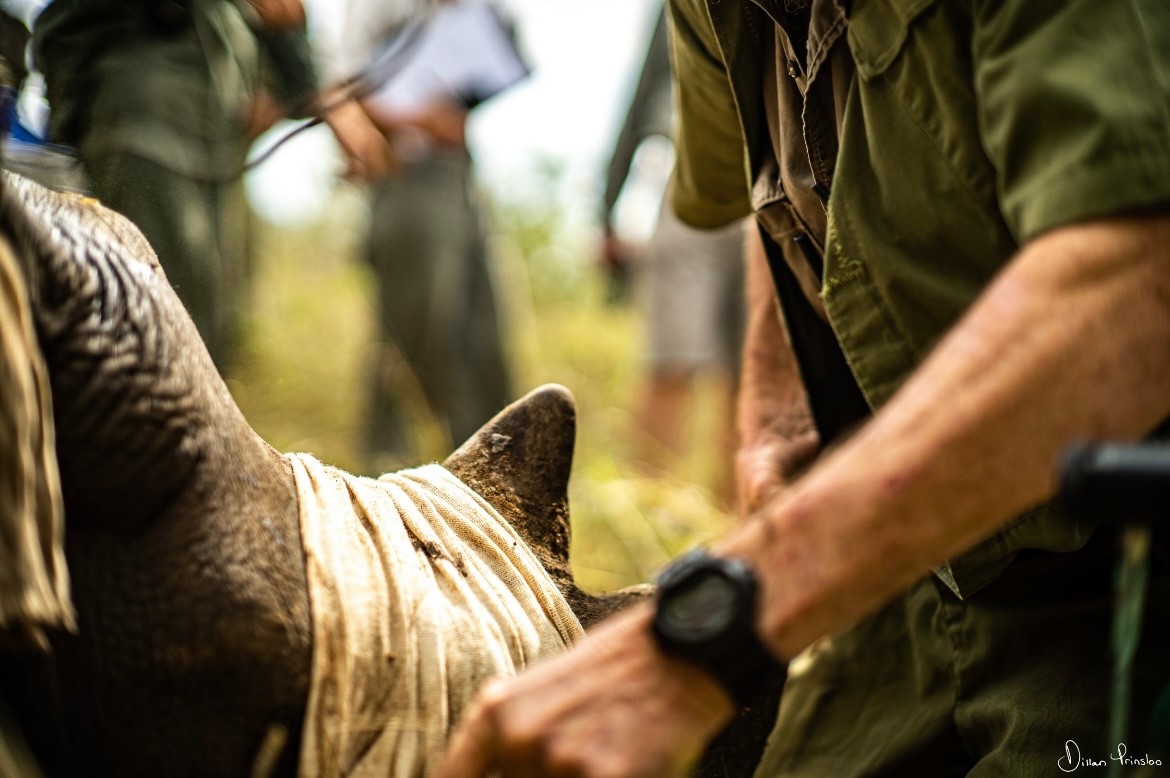
August 2021
Biodiversity
Restoring black rhino to Zimbabwe’s Gonarezhou National Park
in BiodiversityShare:
Restoring black rhino to Zimbabwe’s Gonarezhou National Park
Singita’s 100-year purpose is to preserve and protect large parts of African wilderness for future generations. Our non-profit conservation partners work tirelessly to safeguard the wildlife in their respective regions, and their ongoing coordinated initiatives aim to ensure that everything possible is done to protect those species that need special attention.
One of the most threatened mammals on earth, the black rhino requires targeted conservation efforts to support its survival. In Zimbabwe, the existing black rhino population is under pressure from poaching, habitat destruction and a lack of funding for adequate protection.
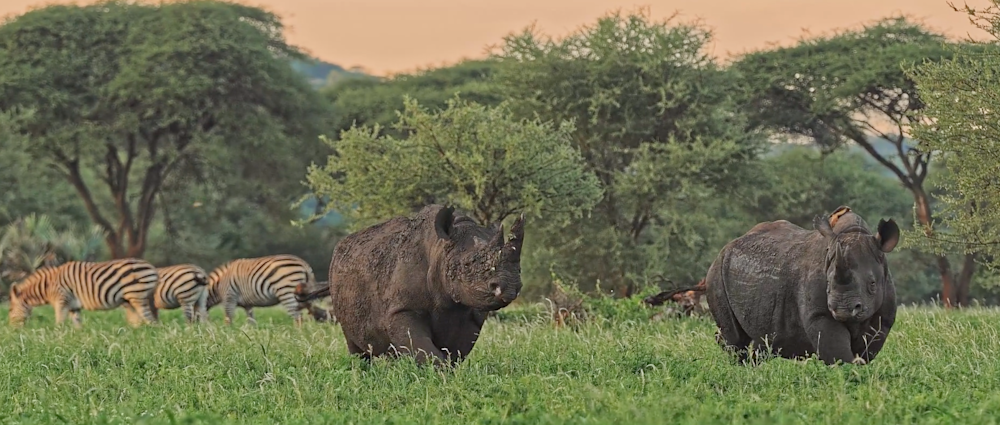
WATCH the remarkable journey undertaken by The Malilangwe Trust and Gonarezhou Conservation Trust to translocate black rhino in Zimbabwe
So, the recent translocation of black rhinos from the Malilangwe Wildlife Reserve into Gonarezhou (Zimbabwe’s second-largest national park) – a project in the pipeline since 2013 – is cause for celebration. The result of a successful partnership between public and government entities (The Malilangwe Trust and the Gonarezhou Conservation Trust), this translocation aims to re-establish a new viable population in a national park in Zimbabwe. Currently all three Key 1 populations (a categorisation given by the IUCN's African Rhino Specialist Group to identify a population that is stable, increasing and has achieved continental importance) in Zimbabwe are under private care, so there is immense national pride tied up in creating new viable populations in national parks.
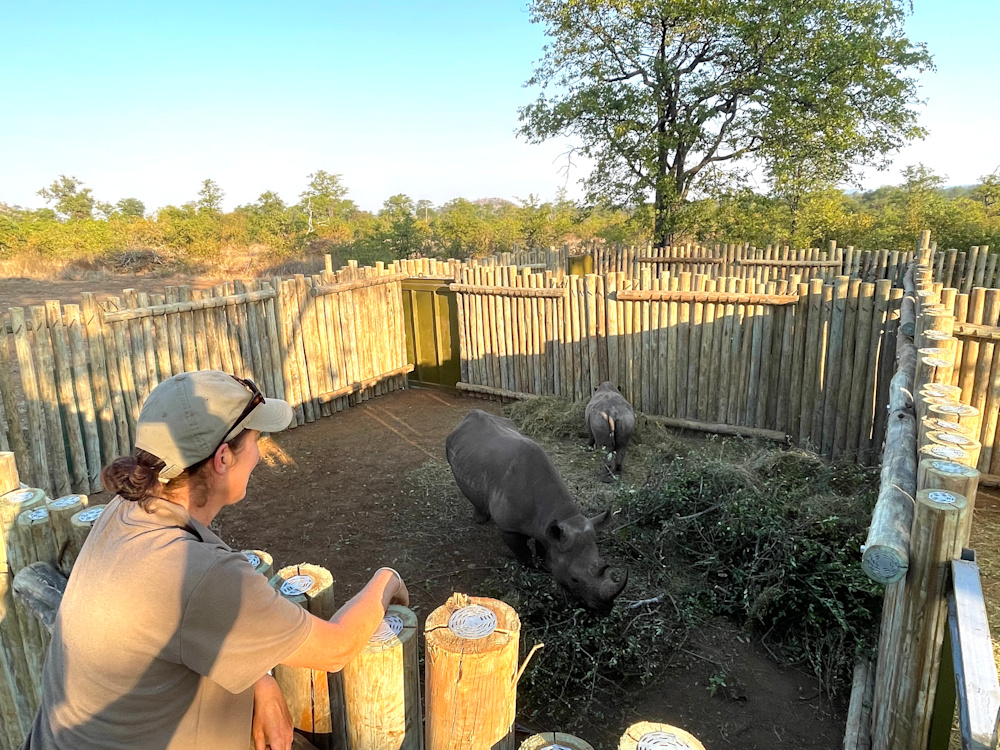
This translocation of black rhino aims to establish a new, viable population in a national park in Zimbabwe
A long & complex journey
The logistics for translocating one-tonne-plus megaherbivores is multi-faceted - from the animal selection, to capture, transition and then release. Logistically, physically and sociologically, it requires careful planning.
Being able to serve as a ‘reservoir’, the Malilangwe Wildlife Reserve was in the privileged position to contribute rhino to a new population - something that conservationists aspire to. However, a move like this requires a great depth of understanding of the species. Because, although any group of rhino may be captured to form a new population, a careful selection of individuals that meet specific physical and social requirements is likely to improve the project’s success. “Knowing the age, sex, maternal bloodlines and histories greatly helps to ensure that genetic diversity is maintained in both populations, while understanding individual rhinos’ social relationships ensures emotional stability in a species that forms strong, yet selective relational bonds, a fact that is generally poorly recognised,” says Sarah Clegg, ecologist at The Malilangwe Trust.
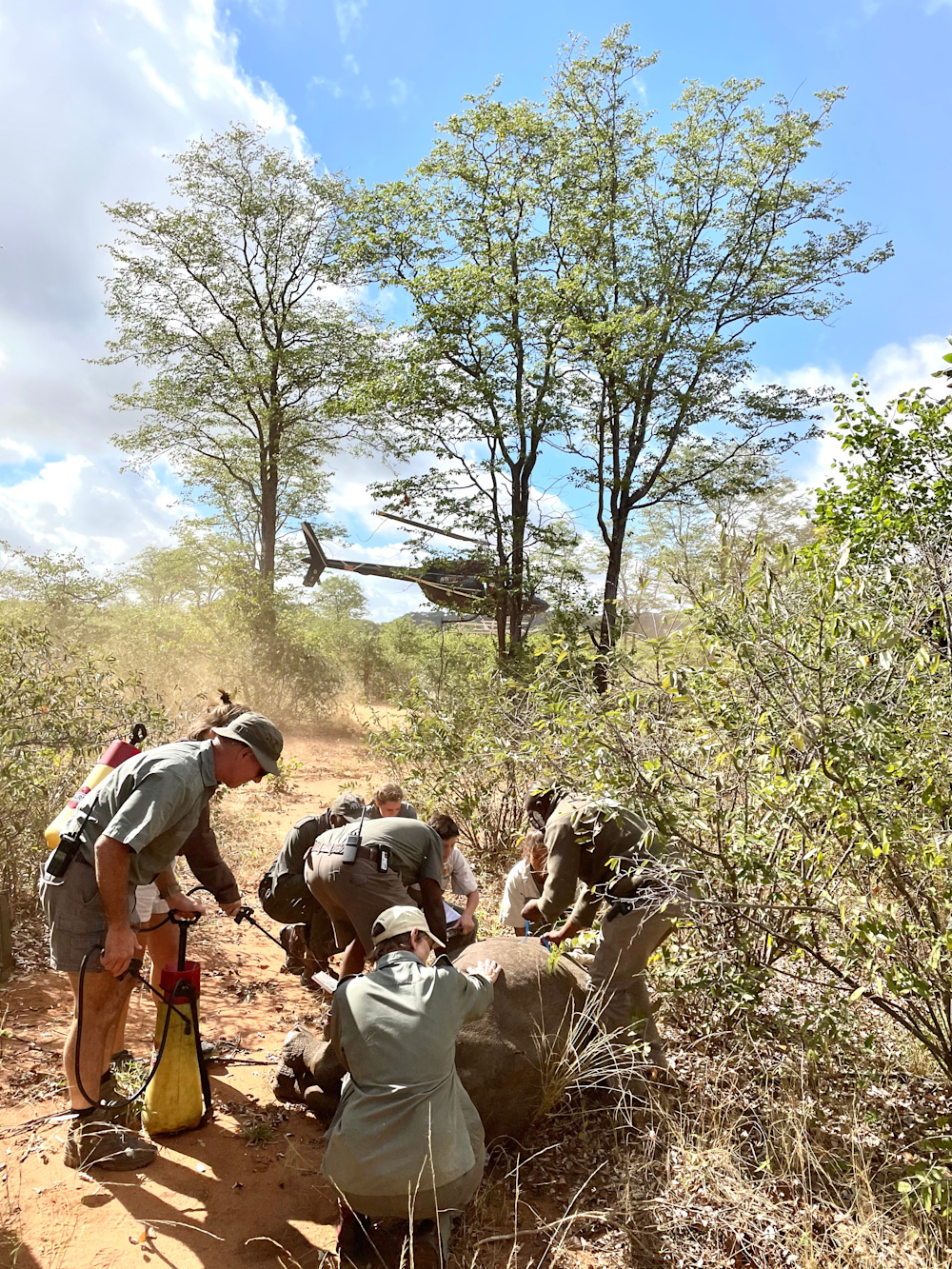
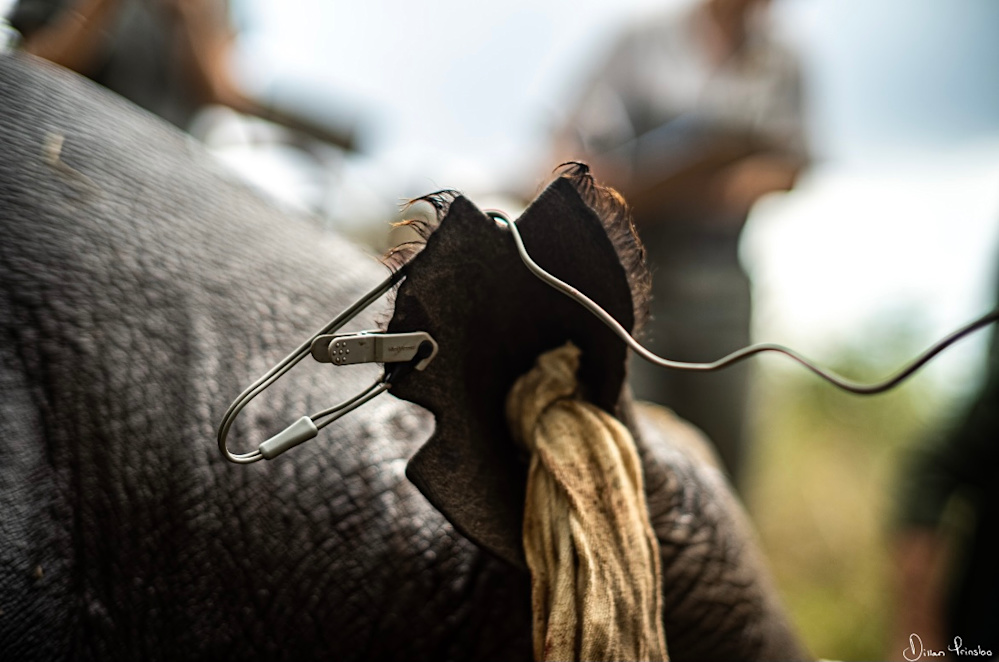
A complex process, moving megaherbivores requires careful planning as well as a depth of understanding of the species and great expertise
A carefully orchestrated operation
When the time comes, a carefully coordinated process unfolds. On the day, the Malilangwe Scouts receive a list of the rhino for translocation and head off in the early morning. When they’re located, the veterinary teams prepare darts and equipment and set off by helicopter.
The helicopter pilots will then steer the animals into terrain that’s accessible to the ground teams’ vehicles, and once darted the ground team will come in, check the vitals of the rhino and monitor them while the tracking device is inserted. The device is placed in the horn, which has no nerve endings or blood supply, so it is painless for the animal. Once this is complete, an injection to partially wake the rhino is administered and the animal is walked into the crates for transportation.
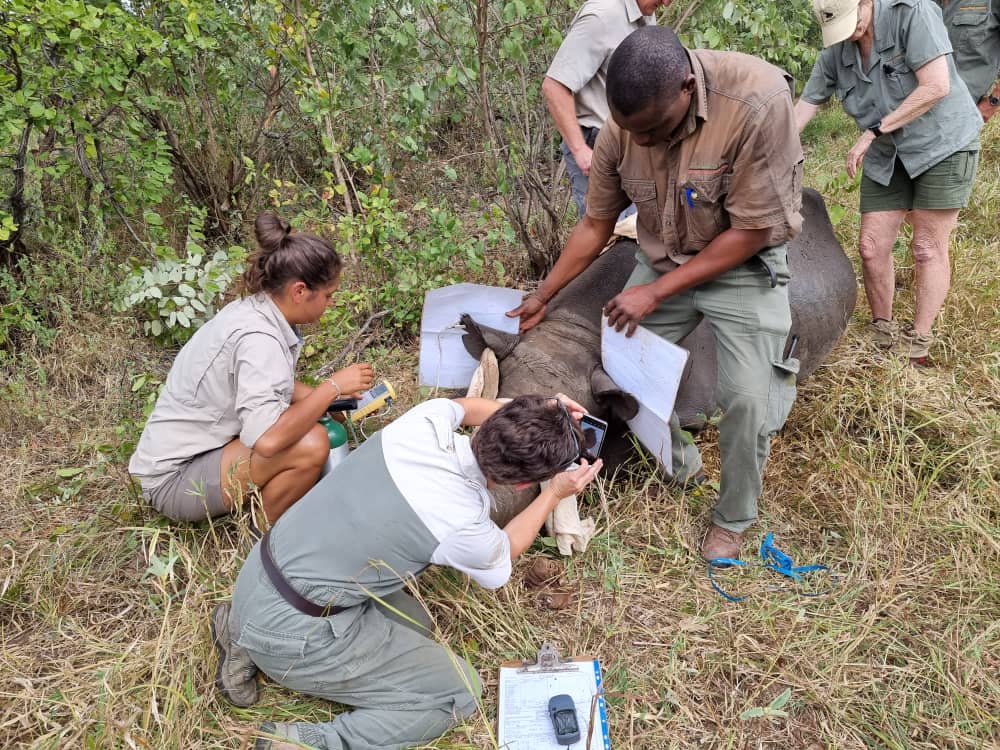
The rhinos are carefully selected on a sociological as well as a physical basis to ensure genetic diversity and herd stability in the new population
A gentle transition & bittersweet release
Once safely in Gonarezhou, the rhino spend some time in purpose-built bomas to acclimatise to their new home. The idea behind the bomas is to bring a routine of consistency and calm, so that the days leading up to the release are low-stress. This time also allows the rhino to recover fully from their journey and the residual effects of darting and to become accustomed to any new browse species in their new habitat. “An acclimatised rhino and a calm release increases the likelihood of the animals adjusting to their new environment and ensures they transition onto a positive nutritional plane as soon as possible,” says Jen Conaghan, Boma Manager at The Malilangwe Trust.
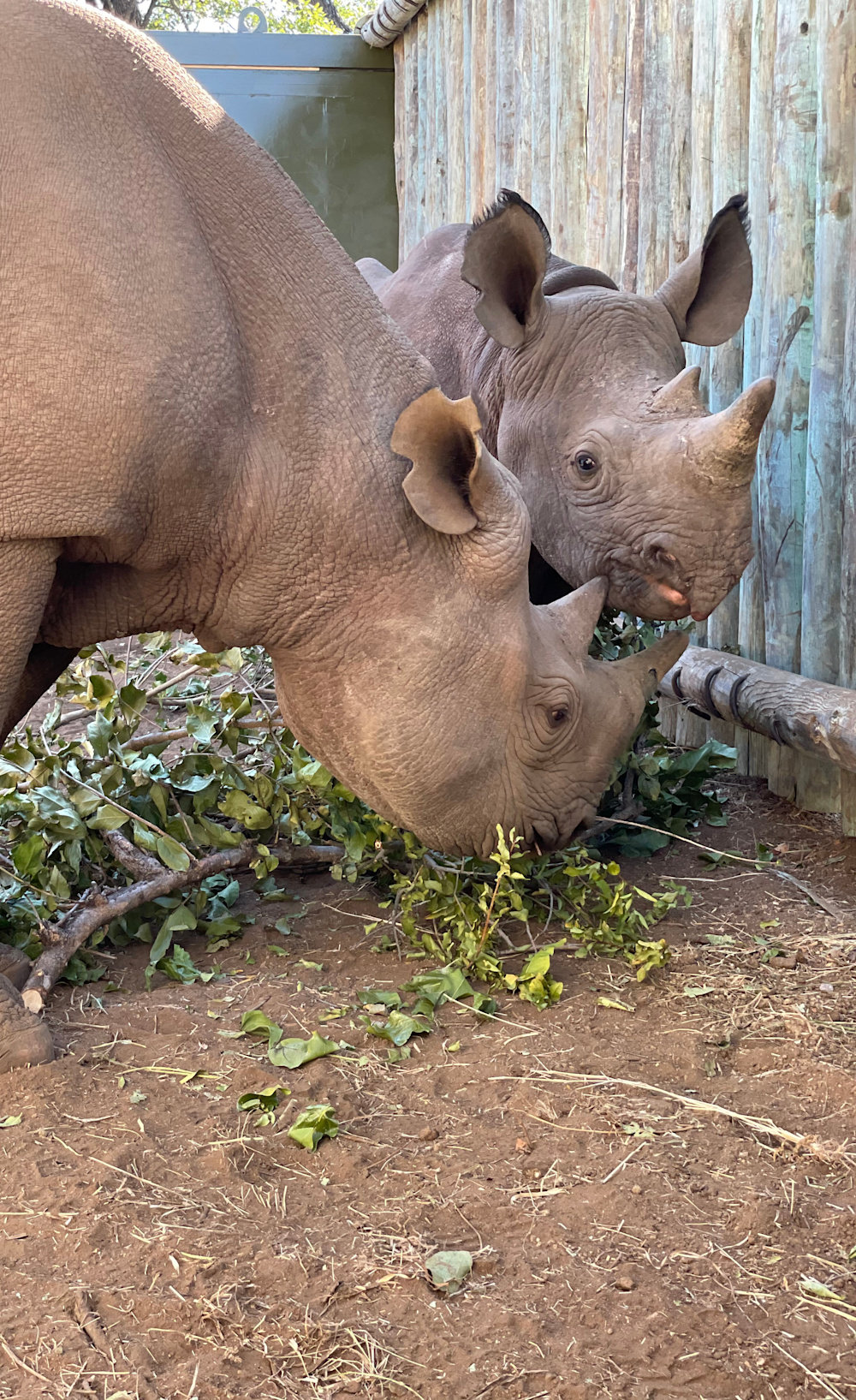
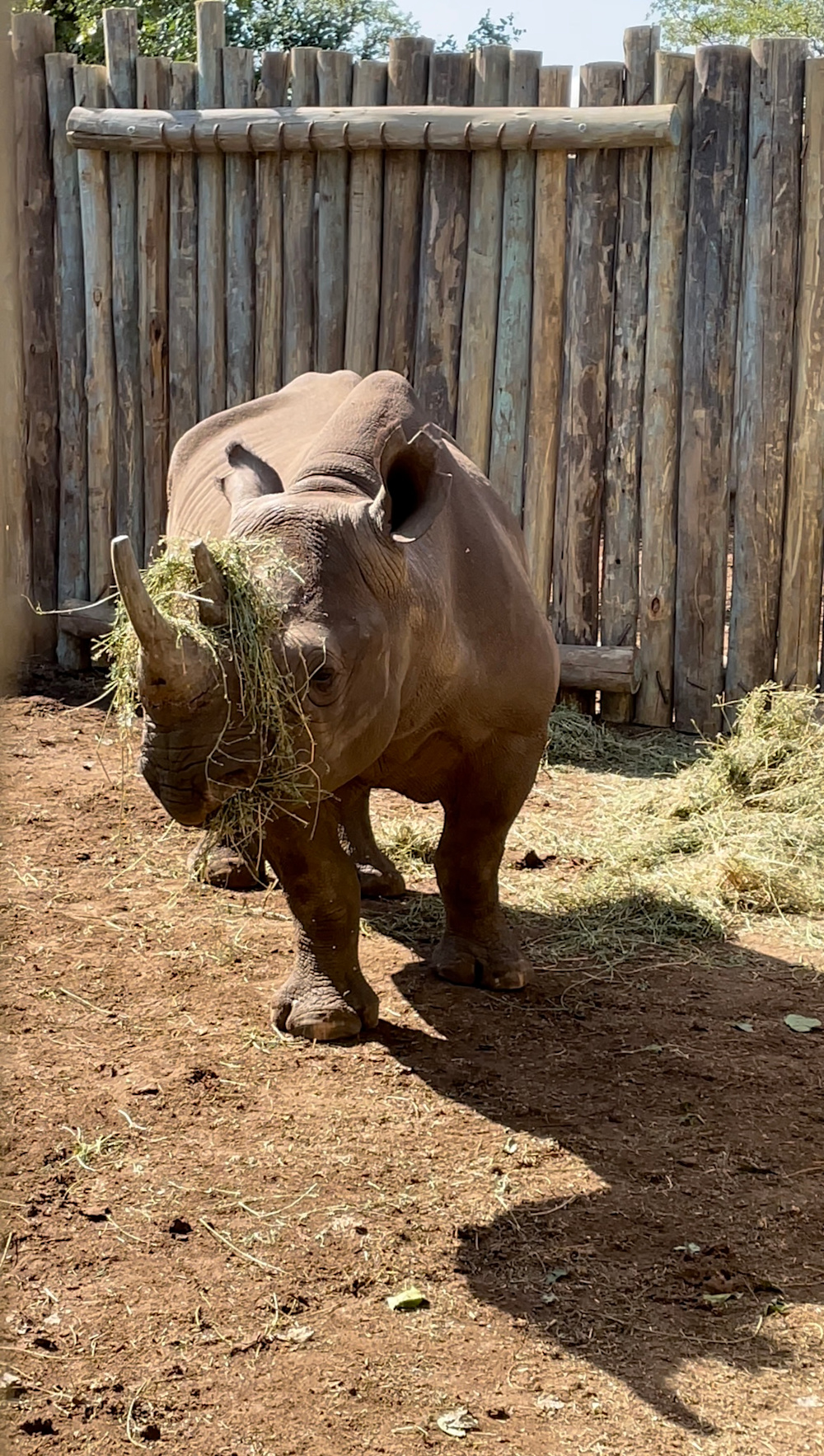
A gentle entry into their new habitat, in the form of a transition period in a boma, gives the rhinos the best chance of a quick adjustment
While the final release is of course triumphant, looking after rhinos involves great personal sacrifice and a lot of work, and is a complex and often emotional job – decades spent monitoring individual rhinos builds an affection and an understanding of these animals’ ecology and complex social relationships. "At the same time, it is also a very proud moment for us – the fact that we have enough rhino to be able to pass them on and help start a new population somewhere else," says Mike Ball, head of security at The Malilangwe Trust.
Long-term vision
To make a genuine contribution to rhino conservation is a long-term commitment that requires enormous dedication. It's The Malilangwe Trust’s hope to contribute to more opportunities for endangered species like the black rhino in the future. The strong team spirit between the private and public entities is also vital – and is key to this project’s success, with the handover period facilitated over time by the senior Malilangwe Scouts, whose in-depth knowledge of the individual rhinos is invaluable to Gonarezhou’s rangers.
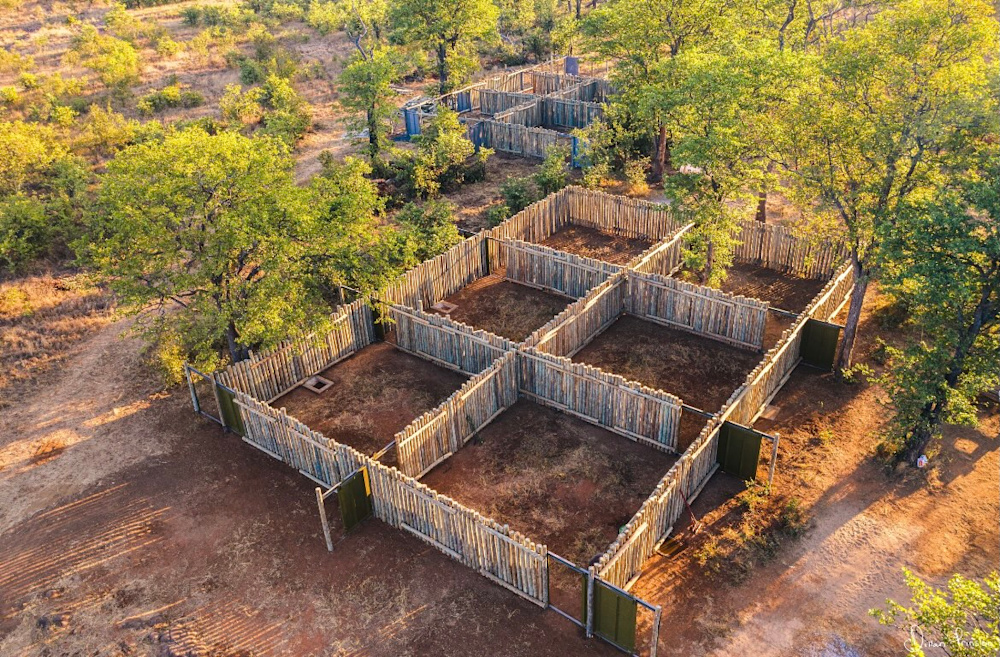
Time spent in the bomas ensures that the days leading up to the release are low-stress and allows the rhino to recover fully from their journey and the residual effects of darting. Photo by Dillan Prinsloo
The long-term goals? Firstly, to develop another viable population of this critically endangered species, and eventually, to become a Key 1 population in the lowveld of Zimbabwe. “We want this to be a success for the long term, and that will take a huge amount of responsibility, but we're really excited to watch this process go through. We know we are part of something fantastic here,” Mark Saunders, Executive Director of The Malilangwe Trust.
Support rhino conservation
To learn more about The Malilangwe Trust and to donate to the crucial conservation work it does in Zimbabwe, click here >

The aim of this project is to establish a viable population of black rhino, with the ultimate goal being a Key 1 population in Gonarezhou

By Julia Freemantle
Author

